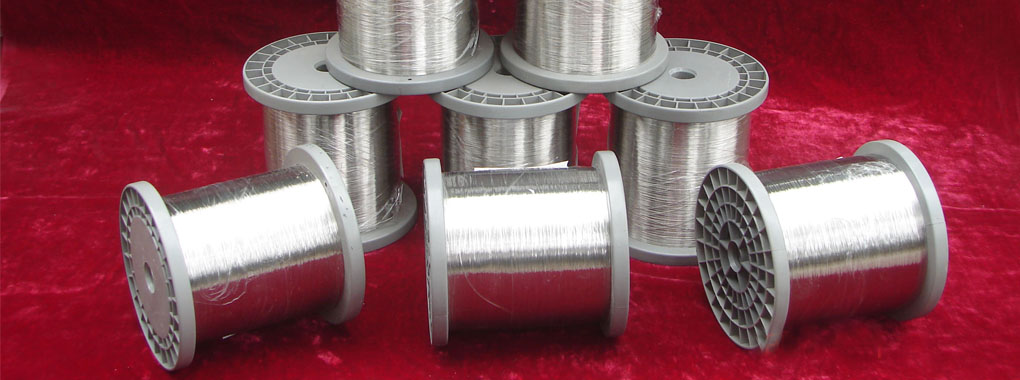1J50 is a kind of nickel-iron soft magnetic alloy which has high initial permeability and maximum permeability with low coercive force and high saturation magnetic induction strength. Similar alloy's names in different standards:
Beiye designation | China Standard designation | America designation | Japan designation | Germany designation | International designation |
1J50 | Alloy2 | PB | RNi12、RNi18 | E3 |

Relays
Transformers
Filters
Chokes
The core of electromagnetic clutch
Vibration membrane
Shielding
C | ≤0.03 | Ni | 50.0 |
Si | 0.20 | Mn | 0.40 |
Fe | bal. |
DC | AC, 50Hz | |
Saturation Induction (at 80A/m) | 1.5T (15 000Gs) | - |
Coercive force | ≤9.60A/m (0.12Oe) | - |
Initial permeability (at 0.4A/m) | ≥3.8mH/m(3 040Gs/Oe) | - |
Maximun permeability | ≥62.5mH/m(50 000Gs/Oe) | - |
* Typical values measured on rings sample after annealed at 1180°C in pure & dry Hydrogen and then tempered.
Tensile Strength(hard) | 900 MPa | ||
* Typical values for material tested in accordance with GB/T 4340.3, GB/T 228, GB/T 22315.
Density | 8.25 g/cm3 |
Melting Point | 1430 ℃ |
Curie temperature | 485 ℃ |
Thermal expansion(20~100℃) | 8.4×10-6/℃ |
Resistivity | 47 µΩ•cm |
In-process annealing: To relieve all strains and restore the alloy to a soft condition suitable for further cold rolling or drawing, forming, bending or similar operations, anneal at 1020~1080℃ for not more than 1 hour. The in-process annealing should be conducted in dissociated ammonia, hydrogen, vacuum or inert gas atmospheres.
Final annealing: For maximum softness and optimum magnetic electrical properties, the cold deformed 1J50 alloy should be annealed in an oxygen-free, dry hydrogen atmosphere with a dew point below -40℃ at 1180℃ for 3~5 hours.
Oil, grease, lacquer and all other contaminants must be removed before annealing. The individual parts should be separated by an inert insulating powder such as magnesium and aluminum oxide during hydrogen annealing.
Vacuum heat treatment could be used, but generally it results in a sacrifice in magnetic properties compared to heat treating in a dry hydrogen atmosphere.

